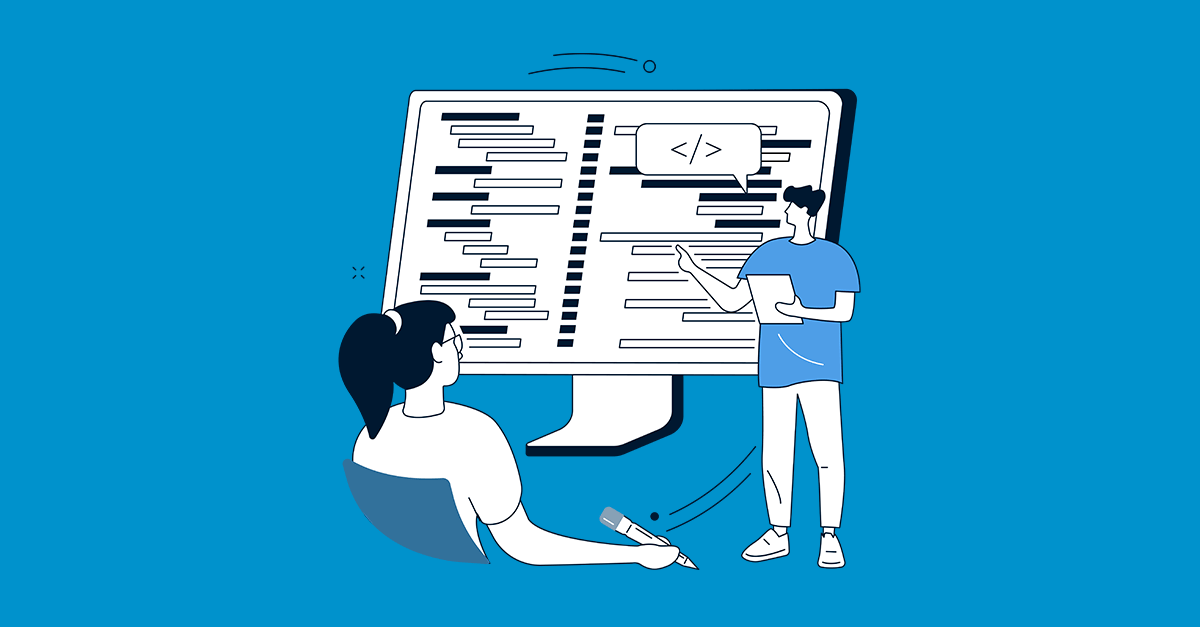In modern manufacturing facilities, software development projects play a critical role in increasing efficiency and reducing costs. However, how these projects are executed can vary greatly in terms of both time and cost. In this article, we will compare software development processes using traditional methods and low-code platforms from a cost perspective.
Traditional Software Development Process
Cost Components
Developer Salaries: Developing software using traditional methods requires experienced software developers. Their salaries can result in high costs, depending on the duration of the project.
Project Management: In addition to developers, roles like project managers, analysts, and testers are required, contributing to overall costs.
Long Development Times: Traditional software development involves detailed requirements analysis, design, coding, testing, and deployment processes. These can take a long time to complete, increasing labor costs.
Infrastructure Costs: Investments are needed for development environments, testing servers, and other software tools.
Training Costs: There may also be training costs involved in learning new software technologies.
Low-Code Software Development Process
Cost Components
Platform Licensing Fees: Low-code platforms generally come with licensing fees. However, these fees are typically lower than developer salaries.
Reduced Developer Needs: Low-code platforms allow even non-technical users to develop software, reducing the need for highly paid developers.
Faster Development Times: With predefined components and drag-and-drop features, development times are significantly shortened, lowering labor costs.
Lower Infrastructure Requirements: Low-code platforms are often cloud-based, resulting in lower infrastructure costs.
Simplified Maintenance and Updates: Low-code platforms simplify maintenance and update processes, leading to long-term cost savings.
Traditional software development methods offer customizability and flexibility but come with high costs and long development timelines. On the other hand, low-code platforms offer lower initial costs, faster development, and accessibility for non-technical users.
For manufacturing plants looking to digitize business processes and achieve cost savings, low-code platforms can be an effective alternative. However, it is crucial to choose the method based on the specific project requirements and goals.







